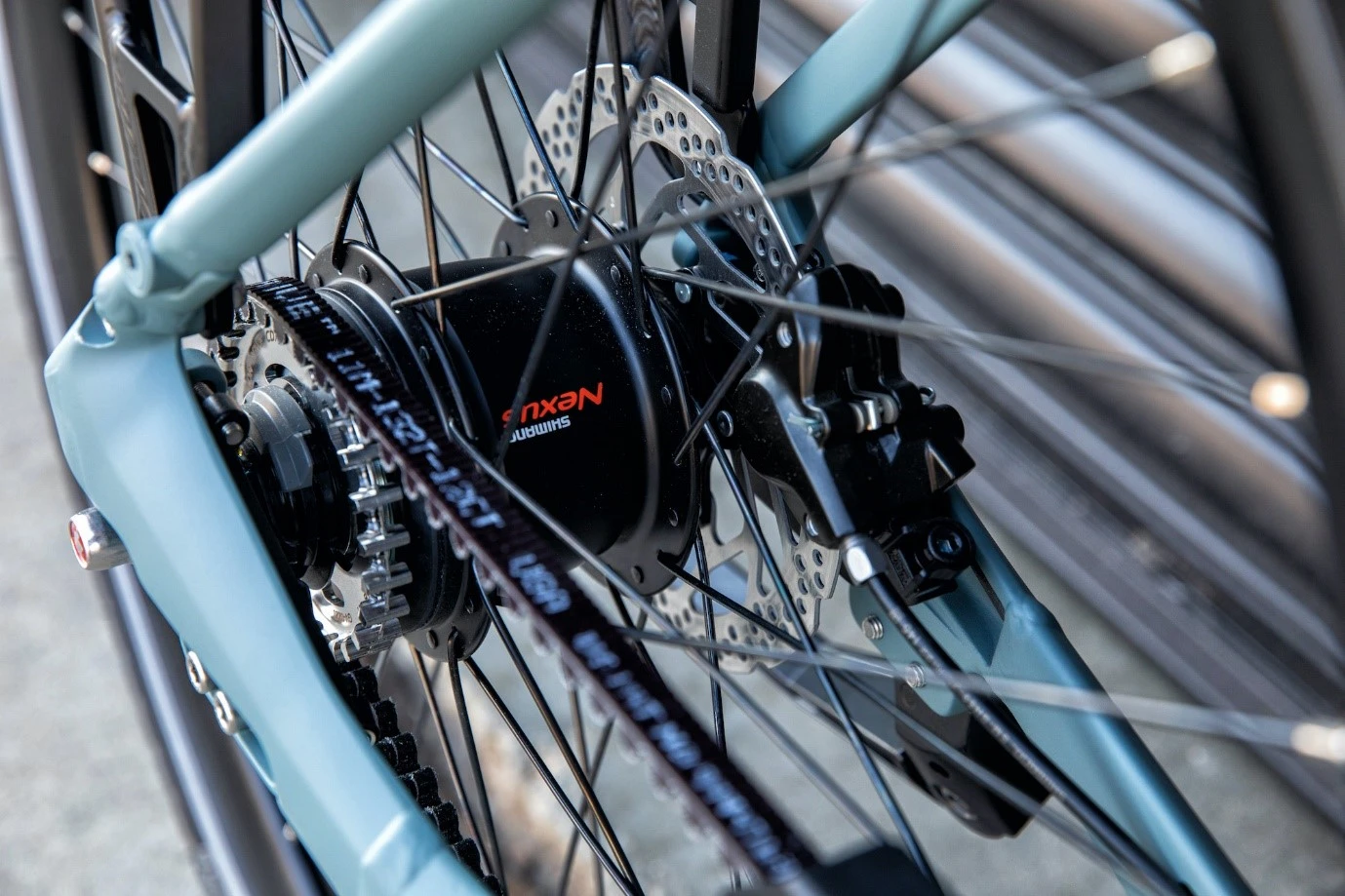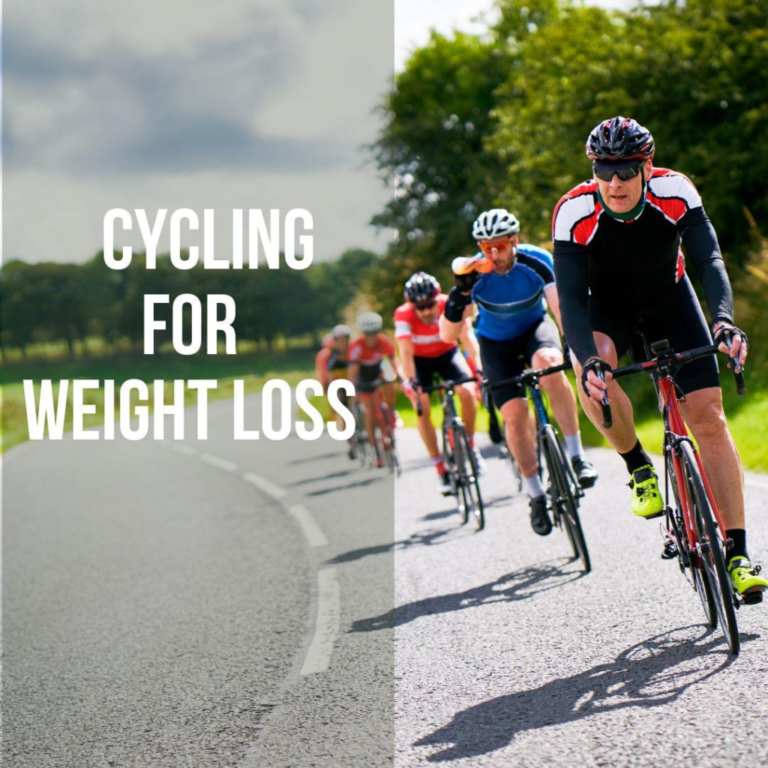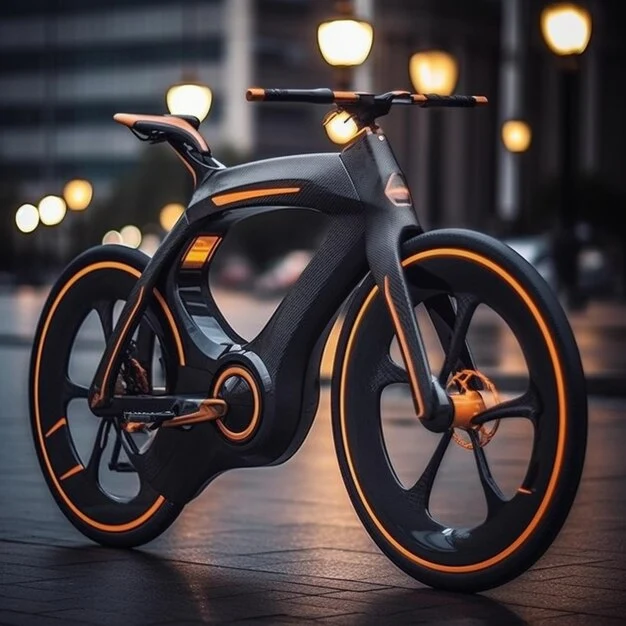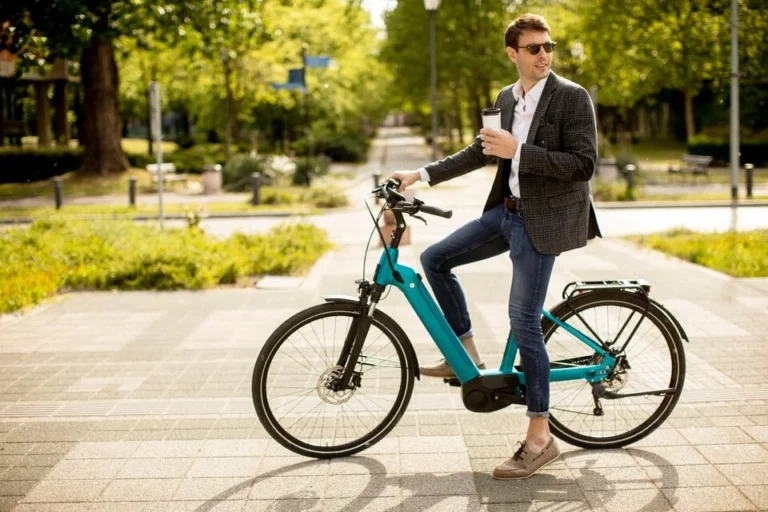Carbon belts – Improving your e-biking experience
With the growing demand for ebikes, new technologies have been used to make your riding experience smoother, better, and more efficient. One such technology that has gained popularity in recent years is the carbon belts. This alternative to the traditional chain and belt drives offers several advantages that make it a popular choice among e-bike riders.
What is a Carbon Belt in Ebikes?
A carbon belt is a belt made of CFRP that is used to transfer power from the motor to the rear wheel in an electric bike. The belt is made by combining carbon fibers with a polymer resin to create a strong and durable material that is resistant to stretching and wear.
What is CFRP?
CFRP, or carbon fiber-reinforced polymer, is a composite material composed of carbon fibers that are embedded in a polymer matrix, which is commonly made of epoxy. Carbon fibers are thin strands of carbon that have high tensile strength and stiffness and are combined with the polymer matrix to create a strong and lightweight material.
CFRP is widely used in aerospace, automotive, sporting goods, and other industries where high strength and low weight are important. It has excellent mechanical properties, including a high strength-to-weight ratio, stiffness, and fatigue resistance, making it an ideal material for structural components that require high performance. CFRP has several advantages over other materials, including high strength-to-weight ratio, excellent fatigue resistance, and good corrosion resistance. However, it is relatively expensive compared to other materials, which can limit its use in some applications.
The Benefits of a Carbon Belt
1. Durability:
Carbon belt drives are made of reinforced carbon fibers and are highly durable. They have a high resistance to stretching, which means they last longer than traditional belts. Carbon belts are also less likely to break or wear down over time. This makes them a reliable and long-lasting option for electric bikes, especially for riders who frequently use their bikes for commuting or long rides.
2. Low Maintenance:
Carbon belts require very little maintenance, which is a significant advantage over traditional belts. Carbon belts do not require lubrication or adjustment as often as traditional belts, which reduces the need for frequent maintenance. This means less time spent on maintenance and more time riding. Additionally, carbon belts do not have any oil or grease to drip, making them cleaner and more environmentally friendly.
3. Smooth and Quiet:
Carbon belts offer a smoother and quieter ride compared to traditional belts. They produce less noise and vibration, which can lead to a more comfortable riding experience. This is particularly noticeable at higher speeds, where the smoothness and quietness of the carbon belt drive are more apparent.
4. Lightweight:
Carbon belts are significantly lighter than traditional belts, which can reduce the overall weight of the bike and improve performance. This is particularly important for electric bikes, as reducing weight can increase the range of the battery and improve the overall efficiency of the bike.
5. Cleanliness:
Carbon belts do not require lubrication, which means they do not attract dirt and grime in the same way that traditional belts do. This means the bike stays cleaner for longer and requires less cleaning. Additionally, carbon belts do not produce any black residue, which can stain clothing or damage bike components.
Why is a Carbon Belt Better than Conventional Belts?
Compared to conventional belts, carbon belts offer several advantages. They are more robust, require less maintenance, and offer a smoother and quieter ride. Additionally, they are often more lightweight and require less cleaning, making them a popular choice among ebike riders.
What Brands are Selling the Carbon Belt Drive?
Several brands are currently selling carbon belt drives for electric bikes, including Gates Carbon Drive, Continental, and Shimano. These companies offer a range of belt drive options designed to fit different ebike models and applications.
What is the Maintenance requirements on Carbon Belt Drive?
Maintenance on a carbon belt drive in an e-bike is similar to the maintenance of a carbon belt drive in any other type of bike, but there are a few additional considerations specific to e-bikes:
1. Cleaning:
Regular cleaning of the carbon belt is important to prevent the buildup of dirt, debris, and other contaminants that can cause premature wear or damage. Because e-bikes often generate more dust and debris than traditional bikes, more frequent cleaning may be necessary. To clean the belt you can use a soft-bristled brush or a cloth to remove dirt or debris from the belt, and avoid using any harsh chemicals or high-pressure water that can damage the belt or e-bike components.
2. Tension Adjustment:
Proper tension adjustment is important for optimal performance and longevity of the carbon belt, as well as the e-bike itself. The tension range for the carbon belt will vary depending on the specific e-bike manufacturer and model, so it’s important to consult the manufacturer’s instructions for the proper tensioning procedure. Some e-bike models may have a built-in tension indicator to make it easier to check and adjust the belt tension.
3. Inspection:
Regular inspection of the carbon belt is important to catch any signs of wear or damage early on, before they become more serious issues. In addition to checking for cracking, fraying, or excessive wear, also look for any signs of damage to the e-bike components that may have been caused by the belt. Be sure to inspect the belt after any hard use or after any significant impacts or collisions.
4. Replacement:
Carbon belts generally have a longer lifespan than traditional belts, but they will eventually need to be replaced. The recommended replacement interval can vary depending on the specific e-bike manufacturer and model, as well as the usage conditions. Follow the manufacturer’s recommendations for replacement and consider having a professional bike mechanic handle the replacement to ensure proper installation.
Carbon drive belts vs. Traditional belts
In electric bikes (e-bikes), carbon drive belts and traditional belts serve the same purpose of transferring power from the motor to the rear wheel, but there are some differences in how they perform in this specific application.
1. Efficiency:
Carbon drive belts are more efficient than traditional belts in transferring power from the motor to the rear wheel. This is because carbon drive belts have a lower coefficient of friction, which means less energy is lost due to frictional forces. This can lead to a longer range for e-bikes equipped with carbon drive belts.
2. Noise:
Carbon drive belts are quieter than traditional belts. Traditional belts can produce a noticeable humming sound when in use, especially at higher speeds. Carbon drive belts, on the other hand, produce very little noise, providing a smoother and quieter ride.
3. Weight:
Carbon drive belts are lighter than traditional belts. This is because carbon fibers have a higher strength-to-weight ratio than traditional belts. This reduces the weight of the e-bike, which can lead to improved handling and a longer range.
4. Maintenance:
Carbon drive belts require less maintenance than traditional belts. They do not require lubrication, tension adjustment, or replacement as often as traditional belts, which reduces the need for frequent maintenance.
5. Cost:
Carbon drive belts are generally more expensive than traditional belts, which can be a consideration for some e-bike buyers. However, these belts are long-lasting and can save costs in the long run.
What is the Life of a Carbon Belt?
Several factors determine the lifespan of a carbon belt in an e-bike, including the quality of the belt, riding conditions, and maintenance performed. When used in normal riding conditions and properly maintained, a high-quality carbon belt can last up to 15,000 – 30,000 km or more. However, if the belt is exposed to harsh riding conditions or improper maintenance, such as exposure to excessive heat or moisture, it may wear down more quickly and require replacement sooner. It’s also worth noting that regular inspections of the belt can help to identify any signs of wear or damage early on, allowing for prompt replacement and avoiding potential failures while riding. Overall, with proper care and maintenance, a carbon belt can last several years in an e-bike before requiring replacement.
Are carbon belts worth it?
Carbon belts provide several advantages compared to traditional chain drives, including less maintenance, longer lifespan, lighter weight, and cleaner operation. However, they come at a higher cost and may require specialized tools for installation and maintenance. Ultimately, choosing between the two depends on personal preferences and priorities. If you value low maintenance, quiet operation, and cleanliness, carbon belts are a suitable choice. However, if cost-effectiveness and traditional feel and performance are more important, traditional chains may be the better option.
Which are the best e-bikes with carbon belts?

All the major ebike brands like Stromer, O2feel, etc have carbon belts. Following are some of the most popular ebike models with carbon belt drive:
- Stromer ST2
- O2feel iSwan City Boost 7.1
- O2feel iSwan City Boost 8.1
- Vvolt Alpha
- Ride1UP Roadster v2
With the clear advantages of carbon drive belts over traditional belts, more and more brands are shifting to carbon belts to give riders a better experience.







